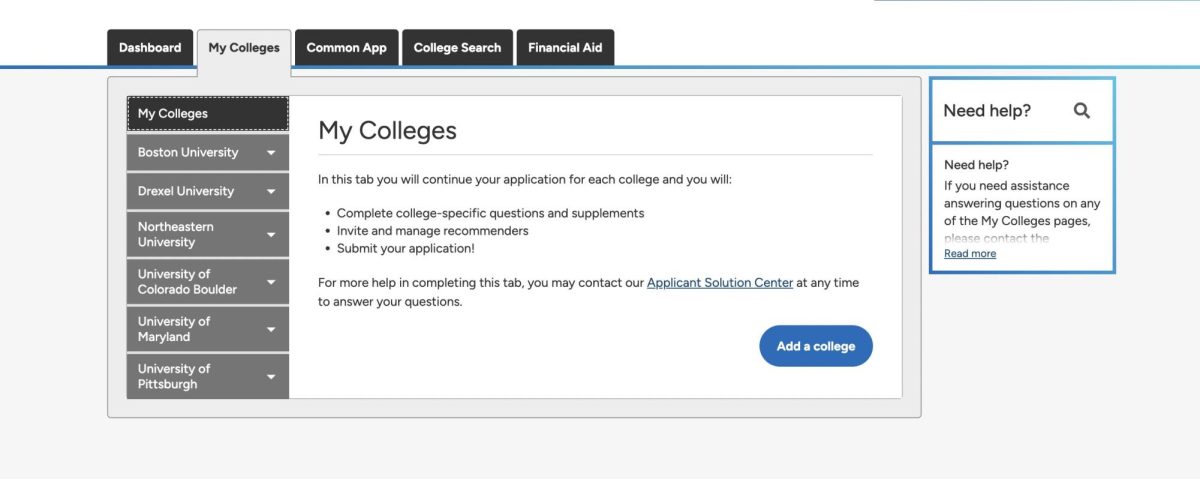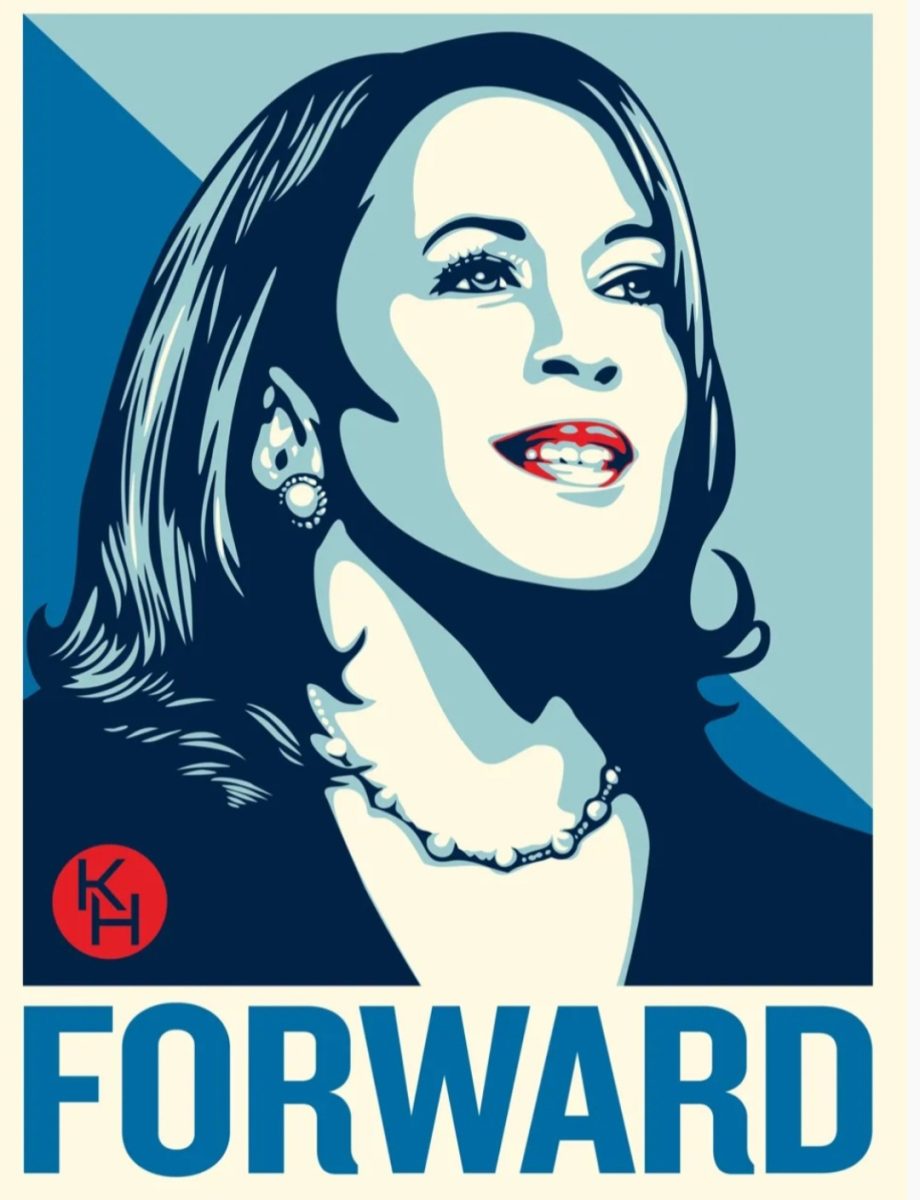On January 24th, a batch of Rutgers New Brunswick decisions were released to applicants. Rutgers used to be the “It” state school in New Jersey, but has become increasingly more competitive, rising in rank from a seemingly safety school, to a target, and now even a reach in some cases.
When statistics were released, Rutgers told denied students as a further explanation that applications rose 66%. Not so coincidentally, this admission season marked the first for Rutgers on the Common App.
The Common App has become the hub for all things applications, and increasingly so. In 2020, Common App saw a total of 7,057,980 applications coming from 1,244,476 first-year applicants. In 2023, the total application number increased 30% more, further increasing the ratio of applicants to actual applications sent.
Take a deep breath seniors.
By November of this year, the number of total applications was already up 12% from just last year. You read that correctly.
Now, growingly challenging schools to get into, such as Rutgers, have worked hard to become a more competitive institution, but something else has got to be going on. What myself and many other stressed seniors and pining parents found hard to wrap our heads around is the reason. How did this college system become this way? Is there no rhyme or reason to this whole “holistic review”?
For clarification, holistic review is widely used to gain a sense of the application as a “whole”. Academic standard, extracurricular experiences, and character traits are considered in this model. We can all thank Columbia University for initiating the rise of the modern college application in 1919. New York Times writer Jessica Gross dubbed the new procedure the “character-based application”.
Since 1975, Common App has carried this type of application to almost every school in the nation (over 1,000). As of right now, Common App has a limit of 20 colleges per applicant account. Applying to 20 schools sounds excessive, though many are finding this necessary due to the sporadic admissions process. Don Delaney, the dual credit representative from Camden County College, recounted a memory of a student whom he visited at his high school that applied to a whopping 68 schools.
The amount of applications many are sending due to ease and application anxiety have resulted in unprecedented numbers. So far, Northeastern has received one of the most amount of applications this admission season, pulling in almost 99,000 applicants. Only some UC schools have topped their numbers.
Northeastern’s application consisted of the normalities of the Common App: 650 word personal statement, 10 step activities list, room for 5 awards, and 1 letter of recommendation from a teacher.
What it did not involve was a single supplemental essay. This tells me that the admissions committee at Northeastern simply does not have the time to read them.
Current Northeastern student’s opinions were featured on this in their newspaper “The Huntington News”. These comments come off of the 2023 admission season when Northeastern’s acceptance rate dropped from 18% to 6.7%.
First-year economic major, Maddie Ford, comments, “You’re getting applicants who might not even really want to go, they’re just like, ‘Oh Northeastern is a good school, I’ll just mark it and see if I get in.’”
Incoming medical engineering student, Dennis Simmons, adds, “There’s probably at least another 20 or 30% who are equally qualified [as me]. When there’s so many extremely well qualified applicants, at a certain point it becomes a lottery. It’s the luck of who reads your application.”
Of course, the sentiments of Simmons can be used across the board. What this all boils down to is a lack of a decisive model of consideration. Colleges say that their process is holistic, but the admissions officers are humans first.
I recognize that admissions officers are very qualified employees of prestigious institutions, but the job itself is just incredibly subjective. Although a “character-based application” helps gain a full sense of a person, it also lacks specific parameters. Their perspective of the college’s values and what criteria is best becomes apart of the holistic process.
Bias plagues us all.
However, bias has also been a constant in the college admissions process. Therefore, bias is not the answer to this increasing issue.
Here’s my logic. More colleges/members join the Common App, applications increase, acceptance rates decrease, applications increase again. More and more applications are submitted per applicant every year to increase collegiate chances. This works to not only lessen chances of getting into schools, but also creating many added stressors. (Speaking of stressors, don’t even get me started about the cost of a college education!)
I leave you all with my mom’s recollection of her college application process. “I looked at a page of Syracuse in a book. I got a letter in the mail a month later. I got in!”








